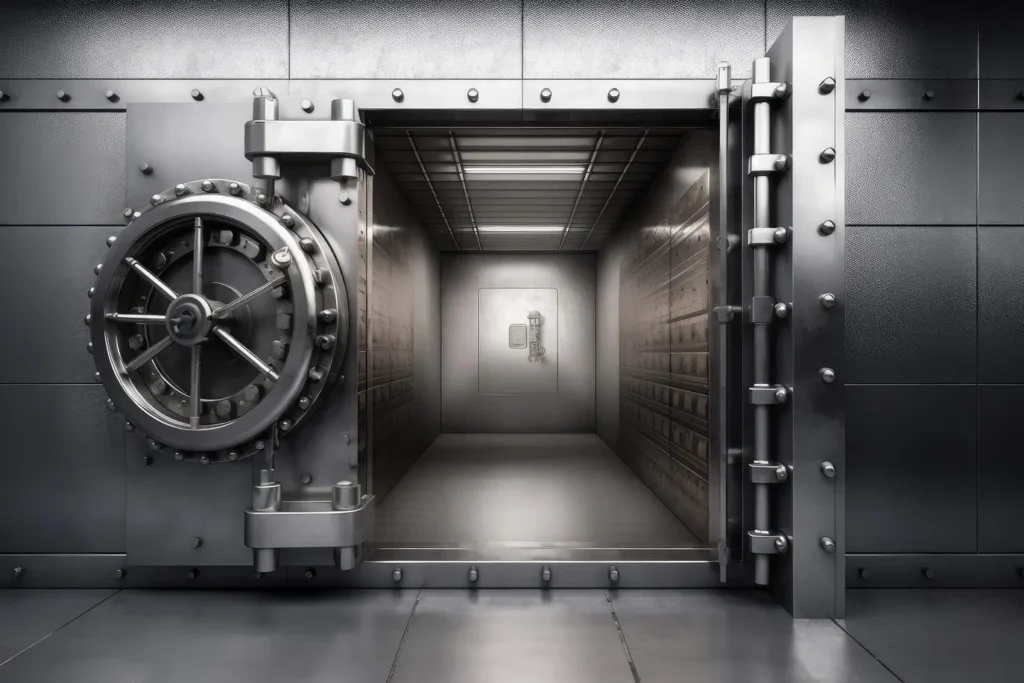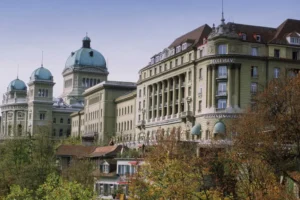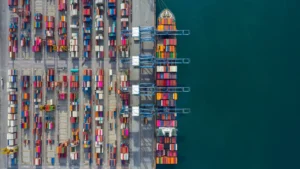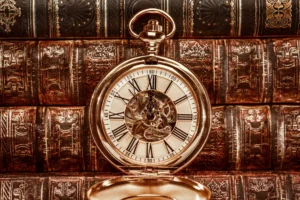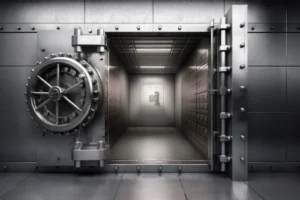In the world of fine art and ultra-wealth, discretion is everything. Enter the Freeport—high-security, tax-efficient storage zones at the intersection of art, finance, and global trade. Often compared to the Swiss bank accounts of the art world, Freeports quietly hold billions in masterpieces by Picasso, Renoir, and Da Vinci.
Dr Ariel Sergio Davidoff, founder of Davidoff Law in Zurich, is well-acquainted with the structure and strategy behind Freeports. As he explains, these facilities are more than warehouses. They’re “places to safeguard assets,” with climate control, advanced surveillance, and strong rooms for highly sensitive pieces.
But there’s another layer to their appeal. Freeports allow VAT-free trading of goods like art and collectables while stored inside. This makes them attractive to collectors, investors, and financial institutions seeking privacy and efficiency in global transactions.
While Freeports have sometimes been associated with secrecy or tax avoidance, experts like Dr Davidoff highlight their legitimate utility in protecting high-value assets. With regulations tightening across Switzerland and the EU, the space is evolving—but its core purpose remains intact: offering clients a secure, sophisticated way to manage valuable holdings.
From Zurich to Singapore and Delaware to Hong Kong, Freeports continues to shape how the world’s wealthiest collect, store, and move art. With new players like cryptocurrency billionaires entering the game, the landscape is only getting more complex.
Curious to dive deeper into this fascinating world of secret vaults, legal nuance, and investment strategy?
👉 Read the full Citywealth feature on The Billion-Dollar Art Vaults: Secrets of Freeports Revealed`

